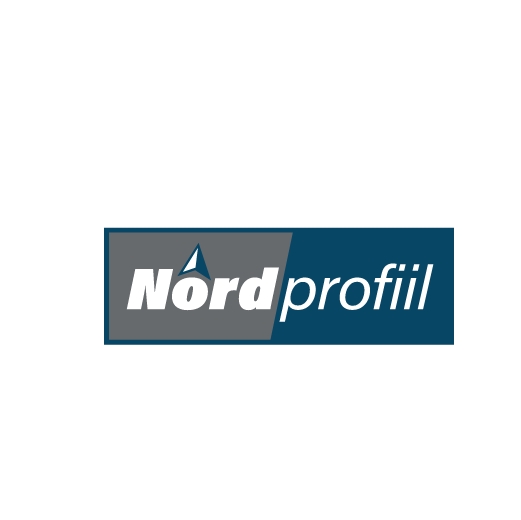Maximizing natural light with glass facades
Natural light has become a cornerstone of modern architecture, offering a myriad of benefits ranging from energy savings to psychological wellbeing. The strategic use of glass facades is instrumental in harnessing this invaluable resource, transforming the way buildings are designed and experienced.
Glass facades are more than just windows; they are complex systems that blend aesthetics with functionality. They serve as the building's skin, marrying the interior with the exterior environment while providing protection and insulation.
The Benefits of Glass Facades in Construction
One of the primary advantages of glass facades is their ability to reduce energy consumption by maximizing daylight use. This not only cuts down on artificial lighting costs but also contributes to a building's overall sustainability.
The sleek, modern look of glass facades can significantly enhance the architectural appeal of a building, offering limitless design possibilities and making a bold statement in urban landscapes.
Ample natural light has been linked to improved mood, increased productivity, and better overall health. Glass facades play a crucial role in providing these benefits to occupants.
Design Considerations for Maximizing Natural Light
The orientation and positioning of a building are critical in determining the effectiveness of natural light penetration. Strategic design can ensure that light is utilized efficiently throughout the day.
Different types of glass, from clear to tinted or reflective, can influence the amount of light and heat that enters a building. Selecting the right type is essential for balancing light, privacy, and energy needs.
While aesthetics are important, the structural integrity of glass facades cannot be overlooked. They must be designed to withstand environmental stresses while supporting the weight of the glass.
Technological Innovations in Glass Facades
Smart glass, with its ability to change transparency in response to external conditions, represents a leap forward in facade technology, offering dynamic control over light and temperature.
Photovoltaic glass goes a step further by turning facades into energy-generating surfaces, a perfect blend of form and function for sustainable building design.
Modern glass facades come equipped with improved thermal and acoustic insulation properties, ensuring that comfort is not sacrificed for aesthetics or light.
Customization and Personalization Options
Every project is unique, and glass facades can be tailored to meet specific design requirements, offering custom shapes and sizes to fit any architectural vision.
With a range of colors and textures available, glass can be customized to complement or contrast with other building materials, providing a distinctive look.
Glass facades can be seamlessly integrated with other architectural elements, such as metal frames or wooden accents, to create a cohesive and visually striking design.






Comments (0)